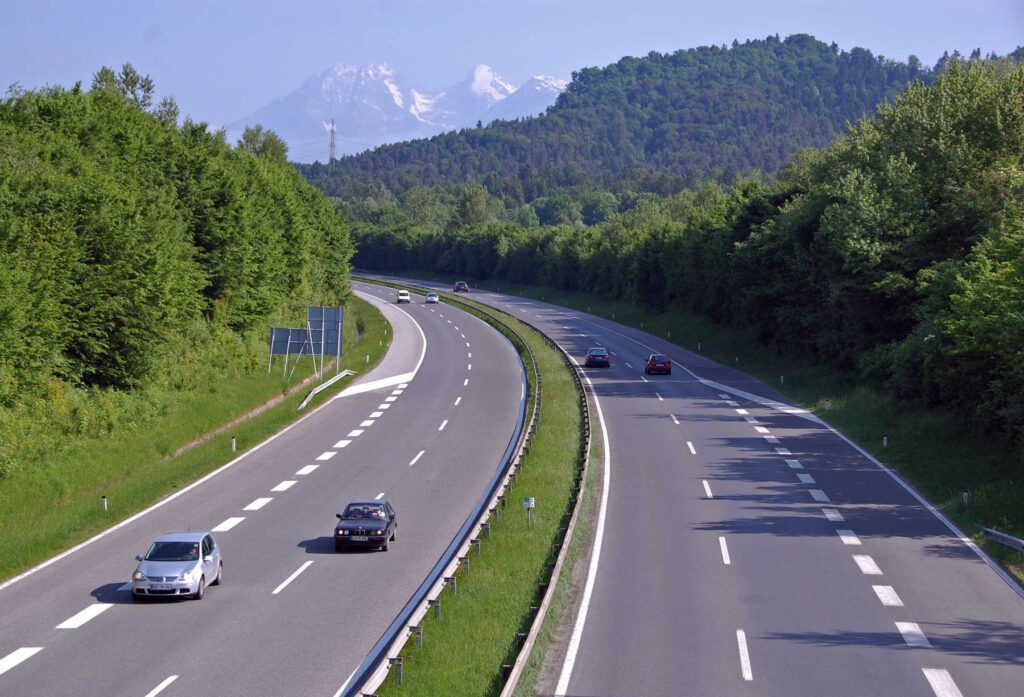Driving in a foreign country can be exciting but challenging due to different driving laws and regulations. To ensure safety and avoid fines, it is crucial to research the driving laws, obtain an International Driving Permit if necessary, follow local driving customs, be prepared for varying road conditions, and know the local emergency services number. Researching speed limits, road signs, and unique driving customs, and being cautious on unfamiliar roads is key. By being informed and prepared, you can have a safe and enjoyable driving experience in any country you visit.
How to Deal with Driving Laws and Regulations in Different Countries
Introduction
Driving in a foreign country can be an exciting and challenging experience. Each country has its own set of driving laws and regulations that you must adhere to in order to ensure your safety and avoid fines or penalties. In this article, we will provide you with some tips on how to deal with driving laws and regulations in different countries.
Do Your Research
Before you travel to a new country, it is important to research the driving laws and regulations of that country. This includes familiarizing yourself with the speed limits, road signs, and other driving rules that may be different from what you are used to. You can easily find this information online or by contacting the country’s embassy or consulate.
Obtain an International Driving Permit
While many countries accept a valid driver’s license from your home country, some countries require an International Driving Permit (IDP) in addition to your driver’s license. An IDP translates your driver’s license into several different languages and is recognized as a valid form of identification in over 150 countries. It is relatively easy to obtain an IDP from your local automobile association or motor vehicle department.
Follow the Local Driving Customs
Each country has its own unique driving customs that you should be aware of. For example, in some countries, drivers may use their car horn frequently to communicate with other drivers, while in others, it is considered rude. Additionally, some countries drive on the left side of the road, while others drive on the right. Be sure to familiarize yourself with these customs before hitting the road.
Be Prepared for Road Conditions
Road conditions can vary greatly from country to country. Some countries may have well-maintained highways, while others may have narrow, winding roads with potholes. It is important to be prepared for these varying road conditions by driving cautiously and adjusting your speed accordingly. Additionally, make sure to have a reliable GPS system or map to help navigate unfamiliar roads.
Know the Emergency Services Number
In case of an emergency while driving in a foreign country, it is important to know the local emergency services number. In most countries, the emergency services number is 112 or 911, but it is always wise to double-check before you travel. Be prepared to provide your location and any relevant information to the dispatcher in case of an accident or other emergency.
Conclusion
Driving in a foreign country can be a rewarding experience, but it is important to be informed and prepared for the different driving laws and regulations that you may encounter. By doing your research, obtaining an IDP, following local customs, being prepared for road conditions, and knowing the emergency services number, you can ensure a safe and enjoyable driving experience in any country you visit.
